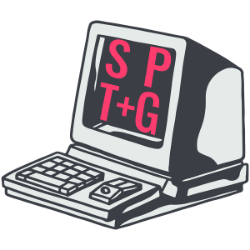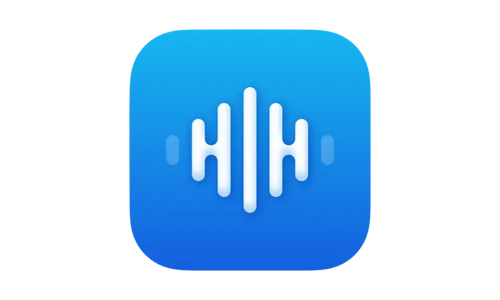There’s a new noise reduction app in town, exclusively for MacOS users, and in my early tests it seems to be very promising.

The Hush app for MacOS was programmed by an independent programmer for use with dialog recordings such as podcasts and voice overs, specifically designed to run on your Apple Silicon’s “neural engine”. This means it can process your audio files without putting a heavy burden on the CPU, leaving it free for you to multitask. It does also work on Intel Macs, but with notably slower performance. Currently the app is available for Mac only, through the App Store as standalone software. The Hush Audio website does mention that an AU plugin might be available in the future, which could make it even more versatile and convenient.
Functionality is very basic, but in a good way. You simply set one slider to the percentage of processing you want to apply from 0% to 100%, set the output destination and file naming, select the type of audio file to export (or keep the original file type), then drag & drop your audio file. The Hush app will apply the noise reduction processing and export your audio file while you go about your business. There is no previewing or live playback available in the current version.

In my limited experience using the Hush app so far, I’m very impressed with the amount of background noise it’s able to reduce or eliminate without destroying the quality of the dialog. Even when pushed to 100%, the result I’ve gotten so far is perfectly usable in a podcast setting. I’m not sure that I would use 100% processing on a professional voice over for a client though, because it does have a tinge of that “processed” sound. But that’s not a knock on the software – I’ve never used any consumer-level noise reduction plugin or app that produces perfectly transparent audio when pushed to the maximum. I’ve used Clarity Vx Pro from Waves ($249 when I purchased it) for the last year on my podcasts and videos and the results are wonderful, but I rarely push the overall processing above 40%.
One thing Hush seems to be particular good at, which is reference on their website, is removal of room reflections or reverb. This is something not all noise reduction plugins are good at, because it’s different than a consistent, ambient sound in the background like a computer fan. Reflections of your voice contain many/most of the same frequencies as your voice – feels super redundant to say that – so noise reduction apps programmed to identify sounds that are not your voice will have a harder time in taming reflections. But Hush seems to tackle reflections just as well as it does the ambient noise in the background. Take a listen to the samples below, which include the original, unprocessed audio, then a sample with Hush applied at 100%, and then a sample with Waves Clarity Vx Pro also applied at 100% using the “Broad 1 HF” option and the dialog isolation turned up to 100%.
Sample 1 – No Processing Applied
Sample 2 – Hush 100% Noise Reduction
Sample 3 – Clarity Vx Pro 100% Noise Reduction
There were a few instances where Clairty Vx Pro had a tough time separating the noise from my voice, even when cranked up to 100% processing. However it’s worth noting that Clarity does have other processing settings including “Broad 1” and “Broad 2” which both are more aggressive than “Broad 1 HF” which is meant for retaining the clarity of higher frequencies in vocals. I also did not do any of my usual tinkering with the plugin to get the best possible result – there are many more settings to adjust, but I wanted it to be a simple comparison without the addition of my expertise (can I call it that? Feels like an overstatement to me). In a basic head to head test with this type of background noise and reflections, I think Hush came out on top.
There is one type of background noise Hush did not completely eliminate, although it made a pretty good attempt at attenuating it: transients. Transient noises are tough to minimize for any software because they’re unpredictable. Algorithm-based plugins like to learn about a sound in order to identify and attenuate it, so they work their best when there is a few seconds of the background/ambient sound of the space without your voice first, or at least a consistent amount of background noise throughout the recording. Transients are sounds that come and go very quickly, potentially milliseconds. This would be things like birds chirping or an ambulence siren or a car horn. It’s very difficult to “see it coming”, recognize that it’s not vocal frequencies, and attenuate it, even with features like lookahead. In this sample Clarity Vx Pro did a pretty good job with most transients but when they came through it was noticeable. Hush also did an admirable job, and was actually more consistent while not quite perfect. But at this point, I’m nit-picking because if you record your podcast in a room with a loud television on and lots of reflections like I did for the sample, you can’t expect miracles.
The Hush app has a 21-day free trial available, after which it can be purchased for a single payment of $49.99 (no subscription required!). For further information visit hushaudioapp.com or view in the Mac App Store.


